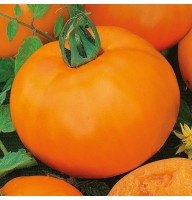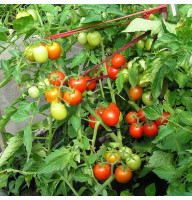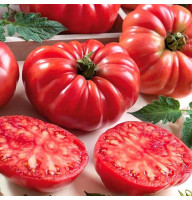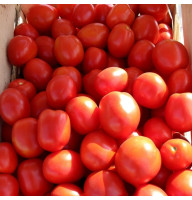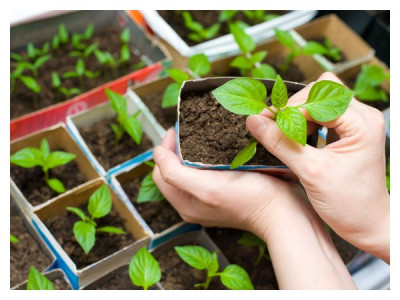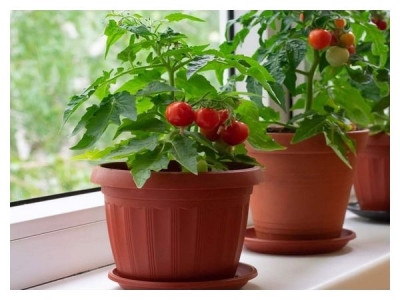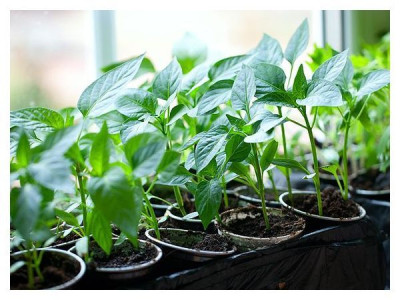Summer does not always please us with stable warm weather: either rains, or fogs, or cold, or heat ... Of course, this does not have the best effect on the yield and ripening time of many crops, especially heat-loving ones. In order to have time to collect ripe tomatoes in August, you need to carefully care for the bushes.
Even if you planted tomatoes on time and chose zoned and early ripening varieties, fruiting can only begin at the end of summer. Let's see why this happens.
1. Cold weather
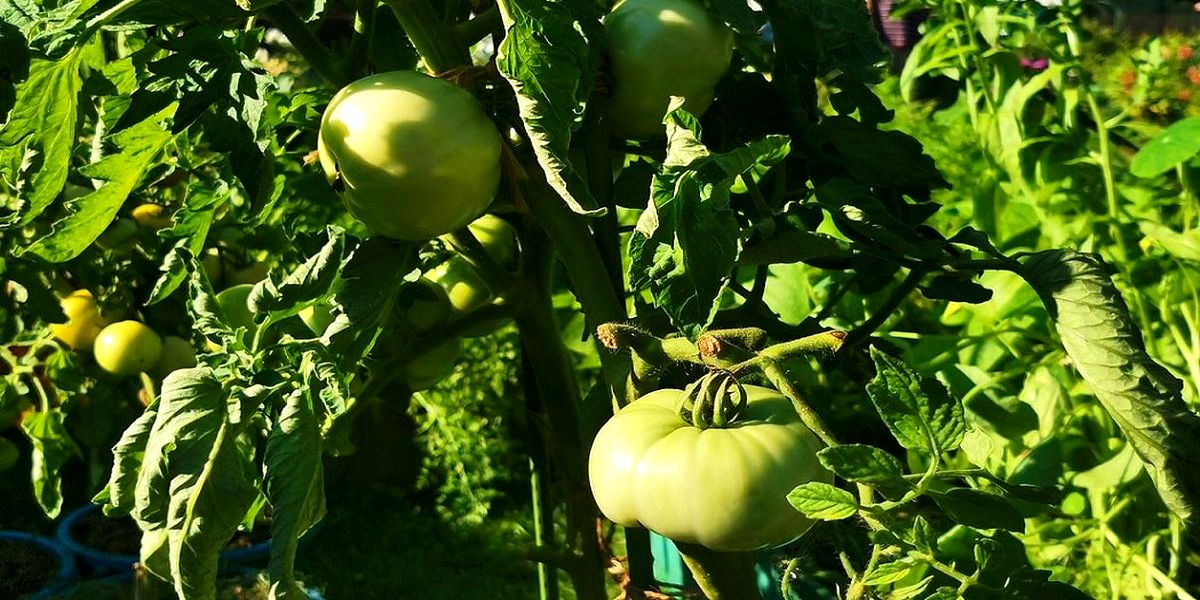
The most common reason for the long ripening of tomatoes is low air temperature and cloudy rainy weather. Tomato is a thermophilic plant. During fruit ripening, the optimum daytime temperature is 25°C during the day, and 16-19°C at night. A slight drop of a few degrees will not affect the rate of ripening. But sudden changes in temperature are stressful for tomatoes, as a result of which the formation of fruits slows down and growth is inhibited. For example, at temperatures below 15 ° C, new flower clusters do not appear, and the formed fruits do not ripen. Too high a temperature - 33-35 ° C - also has a negative effect on plants: the process of photosynthesis slows down, pollen becomes less "active", and the flowers fall off.
Soil temperature should also be more or less stable, within 16-24°C. In cold soil, nutrients are poorly absorbed, and the bush cannot fully develop.
What to do
First, mulch the ground on the beds with tomatoes both in the greenhouse and in the open field. This will help reduce the frequency of watering and stabilize the temperature of the earth: it slowly heats up and slowly cools down, does not overheat under the scorching rays of the sun.
Secondly, greenhouses and greenhouses in hot weather should be opened as much as possible so that the air does not overheat. And during a cold snap, the windows and doors of greenhouses need to be closed before sunset to save heat. Cover plantings in open ground at night with spunbond, which will help reduce the difference between day and night temperatures.
2. Lack of light

Tomato is very picky about the light. In poor light, the shoots stretch out, develop poorly, fruiting is delayed, and the taste and quality of the fruit deteriorate. Often, a lack of lighting occurs when bushes are planted thickly, which is especially common in a greenhouse. This also threatens the occurrence of various diseases, since thickened bushes are poorly ventilated.
What to do
Regularly remove stepchildren, as well as extra leaves that are in the shade and interfere with air circulation. First of all, the lower leaves should be removed to the first brush on the main shoot. Then you can cut the leaves on the side shoots, directed towards the inside of the bush and located below the first brush. In one day, it is enough to remove only a few leaves on a bush, otherwise the plant will experience severe stress. Such work should be carried out in the morning so that the sections dry in the sun. However, when removing leaves, it is also important not to overdo it: at least two leaves should remain above each tomato brush, which will provide nutrition to the fruits.
3. Congestion of bushes with ovaries
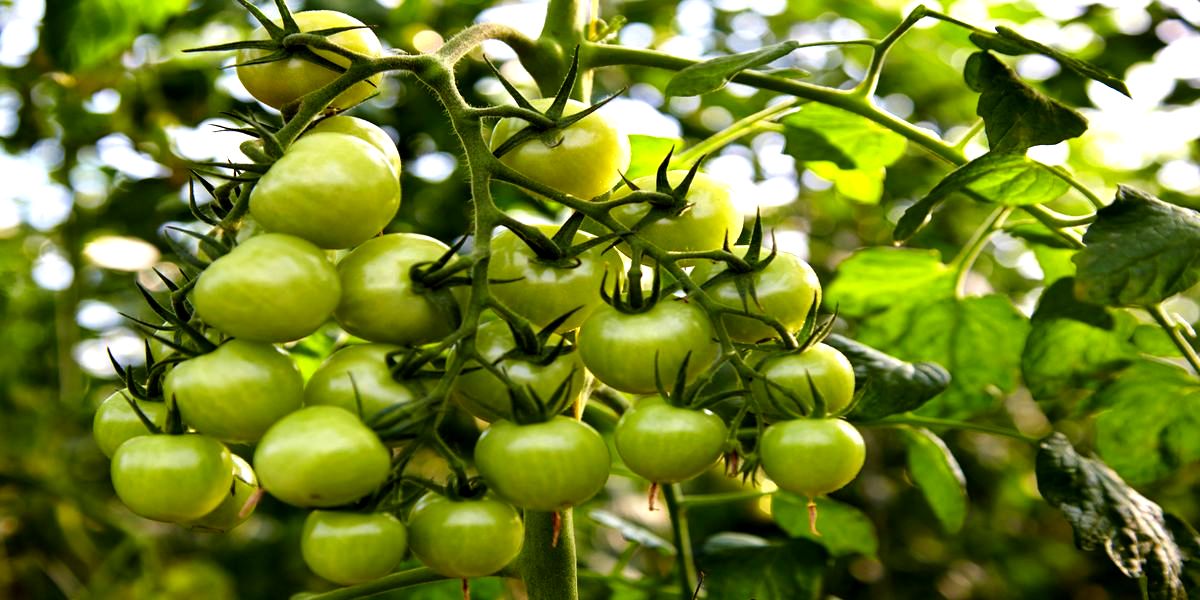
If you did not remove the stepchildren of tomatoes in a timely manner, then lush flowering bushes will not soon please you with a harvest. The fact is that the plant does not have enough strength to feed a large number of ovaries. After all, all the energy of the bush went to building green mass, and not to the formation of fruits.
What to do
On bushes of indeterminate type, remove all stepchildren, leaving 1-2 stems, depending on the type of bush and variety (small-fruited tomatoes can be formed into 2-3 stems). Trim the tops of the main stem and side stems above the second leaf after the top ovary raceme. If the side shoots are weak, leave one brush with fruits on them, and carefully remove the newly appeared upper inflorescences. It is desirable to form bushes of large-fruited tomatoes into one stem. But if you missed the moment, and there are already ovaries on all the shoots, leave 5-7 brushes on the bushes, and cut off the tops of all the stems.
As for the determinant varieties, there is no need to pinch the top, since the growth of such bushes is limited. However, you need to pay attention to the number of side stems. Even if the manufacturer indicates that the bush does not need pinching, sometimes it is necessary, especially in cold summers.
4. Wrong feeding

Sometimes the reason for the slow ripening of tomatoes is the unbalanced nutrition of the bushes. For example, from an excess of nitrogen, the bushes grow powerful and strong, and the fruits are weakly tied and do not ripen for a long time. During the period of fruit ripening, top dressing should contain more potassium and phosphorus. In the second half of the growing season, potassium sulfate or potassium monophosphate (monopotassium phosphate) can be used to feed tomatoes in the open field and in the greenhouse. Fertilizer is dissolved in water in accordance with the recommendations on the package.
Liquid top dressing is the most effective way, because. crystals diluted in water penetrate the roots much faster. It should be noted that potassium monophosphate can be used if there are no signs of calcium deficiency on the tomatoes, since the addition of phosphates binds calcium, and also makes it difficult to absorb iron and magnesium. The lack of some nutrients can be understood by the state of the bushes and carry out appropriate feeding.
Potassium, phosphorus, calcium, and many other important elements are found in the ash that remains after the burning of herbaceous plants and wood. To feed tomatoes, you can use an infusion of ash (1 cup per 10 liters of water) and water after moistening the earth, 1.5-2 liters per plant. Treatment of the bushes with a solution of iodine (3 drops per 1 liter of water) will help speed up the ripening of fruits and will become additional feeding and protection against various infections. Folk remedies for feeding can be an excellent alternative to mineral fertilizers.

Even with timely top dressing, some trace elements can be poorly absorbed due to cold weather, dense soil and lack of moisture. Watering during fruit ripening should be regular and moderate. And mulching will help retain moisture in the ground and improve soil structure.
There are several more radical methods that will help speed up the ripening of fruits. However, they should be used already at the end of summer if the weather is cold or the tomatoes start to hurt:
- stop fertilizing and reduce watering to a minimum;
- pierce the tomato stem in several places with copper wire and make a small longitudinal cut with a scalpel or blade at the bottom of the stem;
- gently pull the bush up so that some of the thin roots are torn;
- trim the tops of the bushes along with the brushes, on which the ovaries have only recently appeared;
- for two to three days, close the greenhouse for several hours a day.

